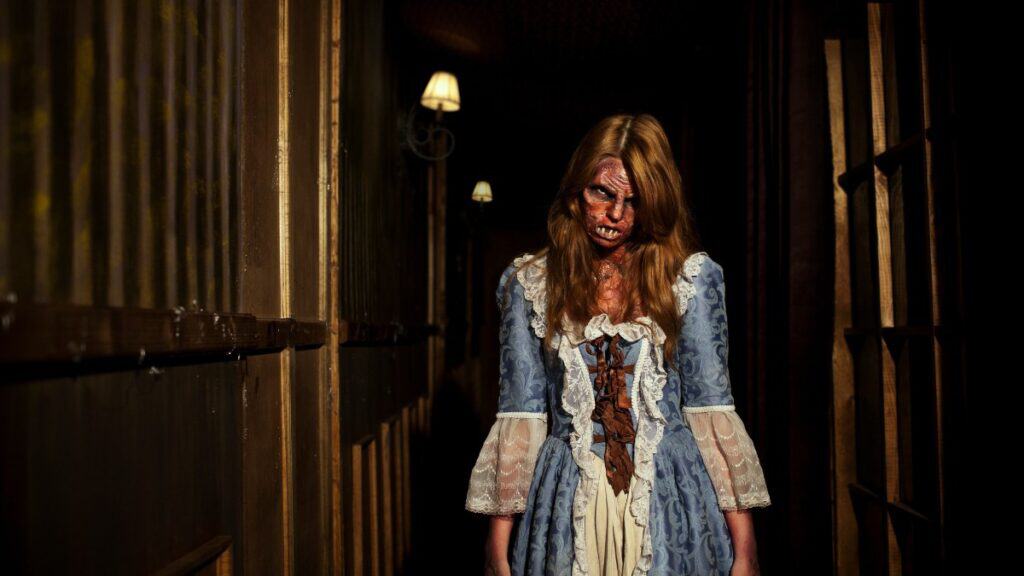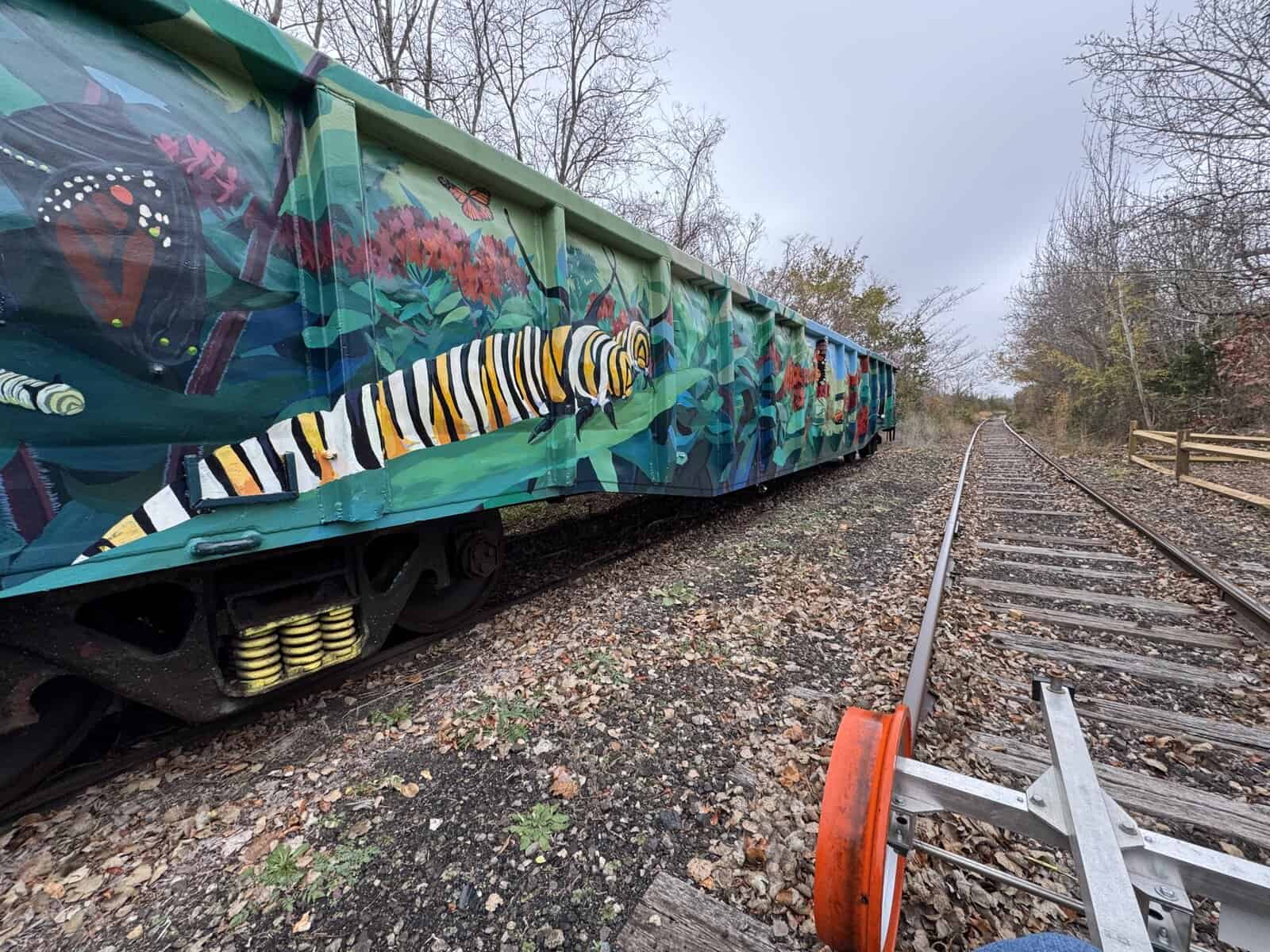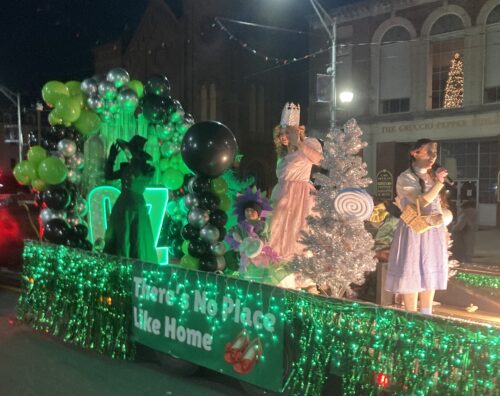Most Terrifying NJ Horror Attractions: Haunted Houses, Ghost Tours, and Abandoned Sites

New Jersey has a long history filled with war, industry, and small-town mysteries, and over the years, many places have gained a reputation for being haunted.
Every year, thousands of people come to New Jersey searching for ghost tours, haunted sites, and eerie abandoned buildings that hold chilling stories from the past.
Some locations welcome the public with guided tours that combine real history with ghostly folklore, giving visitors an informative yet thrilling experience.
Other places, however, have been completely abandoned, left empty and silent, which somehow makes them feel even more unsettling.
This guide takes a closer look at some of New Jersey’s most famous haunted places and what you should know before exploring them.
Moorestown Ghost Tour
Moorestown may look like a charming historic town, but once the sun sets, its past comes creeping back.
Every October, the Moorestown Historical Society hosts a ghost tour that takes visitors through its centuries-old streets, revealing eerie stories tied to real history.
Held on Fridays and Saturdays during the last three weekends of the month, the tour costs $15 per person and lasts about 90 minutes.
It starts at the Smith Cadbury Mansion, a historic home that sets the perfect tone for what’s to come.
With crowds growing each year, the tour splits into two groups—one with a milder approach for families and another for those who don’t mind a few extra chills.
Costumed guides lead the way through Moorestown’s downtown, sharing stories of spirits that supposedly never left.
Among the most famous is Father Damian, often seen in the window of the parish house at Our Lady of Good Counsel Church.
Then there are the ghostly women spotted playing croquet in the moonlight, believed to be the daughters of a 19th-century embalmer.
The tour passes through some truly unsettling spots—a former brothel, an abandoned jail cell, and a graveyard where strange sightings have been reported.
Certain stories amuse, but a few can be truly chilling.
There are whispers of a murdered sex worker whose spirit lingers and a ghostly policeman still patrolling the streets long after his time.
A few stories were so eerie that local police asked the tour to leave them out.
And when the night ends, visitors walk away with a new appreciation for Moorestown’s haunted history—and maybe a feeling that they weren’t alone on the tour.
Princeton Ghost Tour
Princeton’s ghost tour takes a scientific approach to the paranormal, using investigative tools instead of just storytelling.
Princeton is home to New Jersey’s only Ivy League university and has a long history, with well-known figures like Aaron Burr Jr., Grover Cleveland, and Paul Tulane buried here.
Rather than simply listening to ghost stories, visitors get to use dowsing rods and thermal detectors to look for ghosts themselves.
The tour goes through old graveyards, hidden alleys, and battlefields where people have reported strange things happening.
Some say they’ve seen dark shapes near tombstones, lights flickering in empty buildings, and sudden cold spots.
Even those who don’t believe in ghosts find the tour a fun and interesting way to learn about Princeton’s past.
The guides share real historical facts and let visitors decide for themselves if spirits are still around.
Asbury Park Ghost Tour
If you’re looking for a ghost tour that goes beyond old legends and into real-life crime and mystery, Asbury Park’s tour is the one for you.
Unlike the tours in Princeton and Moorestown, which focus more on history and long-gone spirits, this one brings visitors face-to-face with gruesome true crime cases, eerie unsolved mysteries, and even a few places where strange things still happen today.
One of the most disturbing cases covered on the tour is the 1910 murder of 10-year-old Marie Smith, a crime that shocked the town over a century ago.
Even though it happened so long ago, many believe her spirit never left—some even say they can still hear her cries for help near the spot where her body was found.
But that’s just one of the eerie stories shared along the way.
The tour also talks about the banker’s son, who was trapped in a vault and died; his presence is still felt in the old bank.
And then there’s the mystery man in the blue suit, a ghostly figure that always seems to appear in the same seat at a local bar—like he’s waiting for someone who never showed up.
The tour also focuses on some places that seem to hold onto their past.
One stop is at the Asbury Park Press building, which burned down in 1917.
Even though the building no longer stands, some say they can still hear the old printing press running late at night, as if the newsroom is still hard at work.
Hagedorn Psychiatric Hospital
For those who prefer real-life horror, few places in New Jersey are as unsettling as Hagedorn Psychiatric Hospital.
Located at the end of Sanatorium Road, this facility first opened in 1907 as a tuberculosis sanatorium.
Over time, it became a state-run psychiatric hospital for seniors, housing hundreds of patients.
By 2012, the state shut it down, leaving behind a decaying hospital with empty hallways and abandoned rooms.
Those who have come near the property say they’ve seen figures in the windows, heard unexplained noises, and even felt a strange presence.
Visitors should be warned, though—the site is strictly off-limits, and trespassers will be prosecuted.
There are surveillance cameras around the property, so the only way to see the hospital legally is from a distance.
Amatol Ghost Town
Another abandoned site with a haunted reputation is Amatol, New Jersey, which was once a munitions town built in 1918.
The town was meant to supply explosives during World War I, but Amatol was abandoned almost immediately when the war ended.
Most wooden buildings were dismantled, but the concrete foundations remain deep in the Pine Barrens.
Some people claim that they hear echoes of machinery and voices late at night as if the factory is still running.
In 1926, part of the land was turned into Amatol Racetrack, one of the largest wooden racetracks on the East Coast.
Though long gone, you can still see the outline of the track on satellite images.
If you visit, be mindful—this part of the area is private property, so it’s important to stay in the sections that are open to the public.









